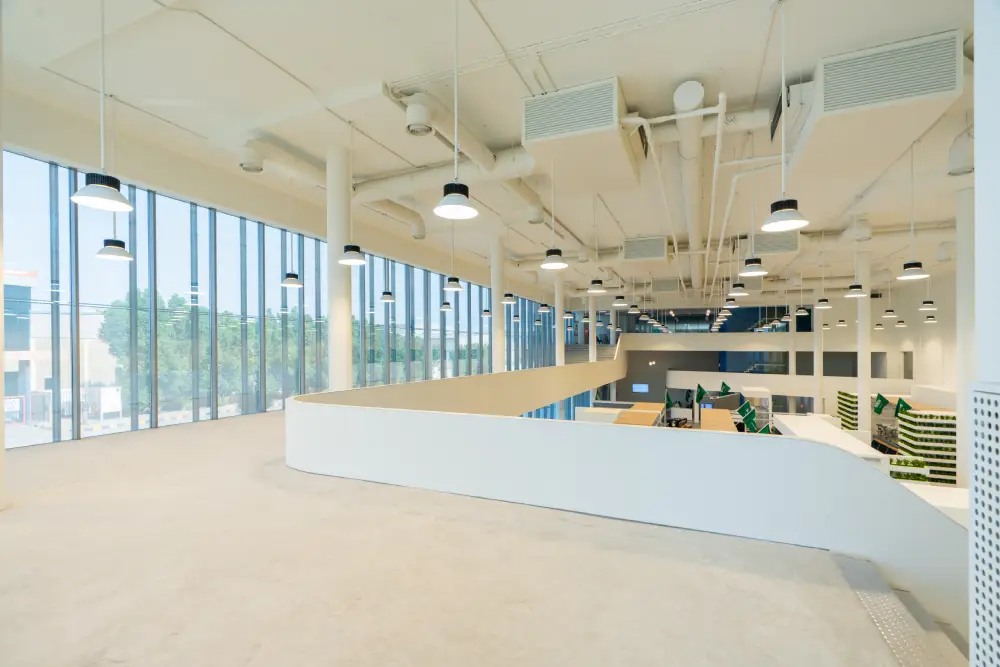
Increasing space efficiency is crucial for creating functional and productive commercial environments. Whether you’re designing an office, retail space, or hospitality area, effective space utilization can enhance workflow, improve employee satisfaction, and boost customer experience. Engaging experienced commercial fit out contractors can significantly impact the success of your project. Find here some strategies to increase space efficiency in commercial fit outs:
Conduct inclusive space analysis:
Begin by conducting a thorough analysis of the existing space to identify inefficiencies and opportunities for improvement. Assess traffic flow patterns, spatial utilization, and occupancy rates. Analyze how different areas are used throughout the day and identify underutilized spaces or bottlenecks that hinder workflow.
Implement flexible and modular design:
Adopt a flexible and modular design approach that allows for adaptable configurations and multi-functional use of space. Utilize movable partitions, modular furniture systems, and flexible layouts that can be easily reconfigured to accommodate changing business needs, team sizes, and collaborative activities. Flexible design promotes agility and supports future growth without major renovations.
Increase vertical and horizontal space utilization:
Optimize storage solutions to increase both vertical and horizontal space utilization. Utilize shelving units, overhead storage cabinets, built-in drawers, and under-desk storage to keep work areas clutter-free and organized. Vertical storage solutions can free up valuable floor space, while efficient horizontal storage improves accessibility and workflow efficiency.
Integrate smart technology and digital solutions:
Incorporate smart technology and digital solutions to streamline operations and reduce physical footprint. Implement cloud-based storage systems, digital document management, and virtual collaboration tools to minimize the need for extensive file storage and dedicated meeting spaces. Smart sensors and IoT devices can monitor space utilization in real-time, providing insights for further efficiency improvements.
Improve workplace collaboration and communication:
Design collaborative spaces that encourage teamwork, creativity, and knowledge sharing among employees. Create open-plan areas, breakout zones, and informal meeting spaces equipped with interactive whiteboards, digital displays, and video conferencing capabilities. Facilitate smooth communication and collaboration, reducing the need for individual offices or redundant meeting rooms.
Consider ergonomic workstations and furniture:
Invest in ergonomic workstations and furniture that promote employee comfort, health, and productivity. Adjustable desks, ergonomic chairs, and supportive accessories reduce physical strain and fatigue, allowing employees to work more efficiently. Consider ergonomic principles when designing workstations to optimize desk space and improve workflow ergonomics. Utilize natural light where possible and supplement with energy-efficient artificial lighting systems. Incorporate daylight sensors, LED fixtures, and task lighting to create a well-lit and comfortable workspace.
